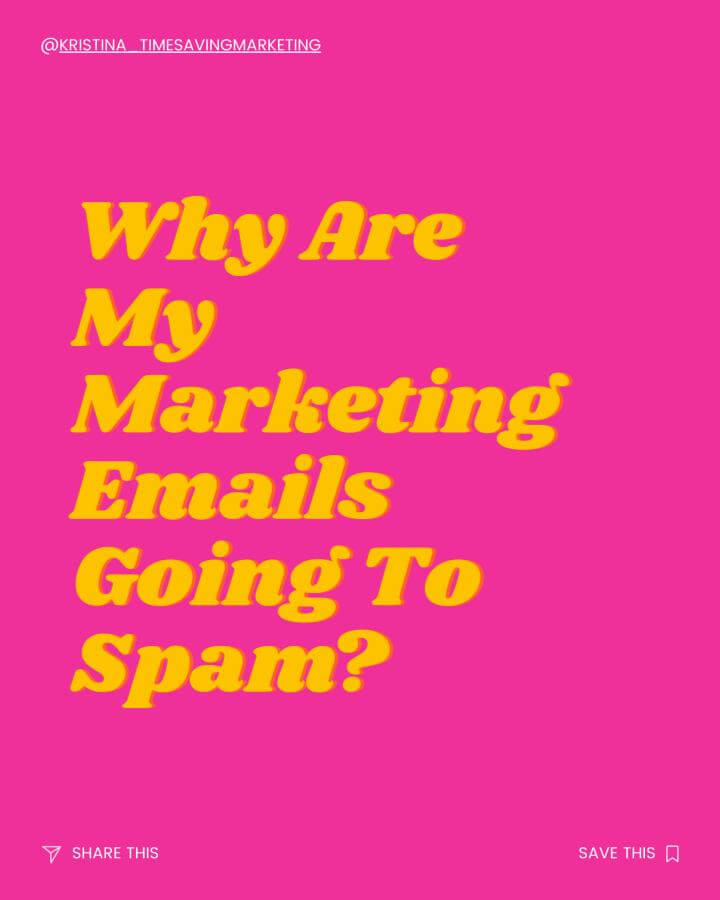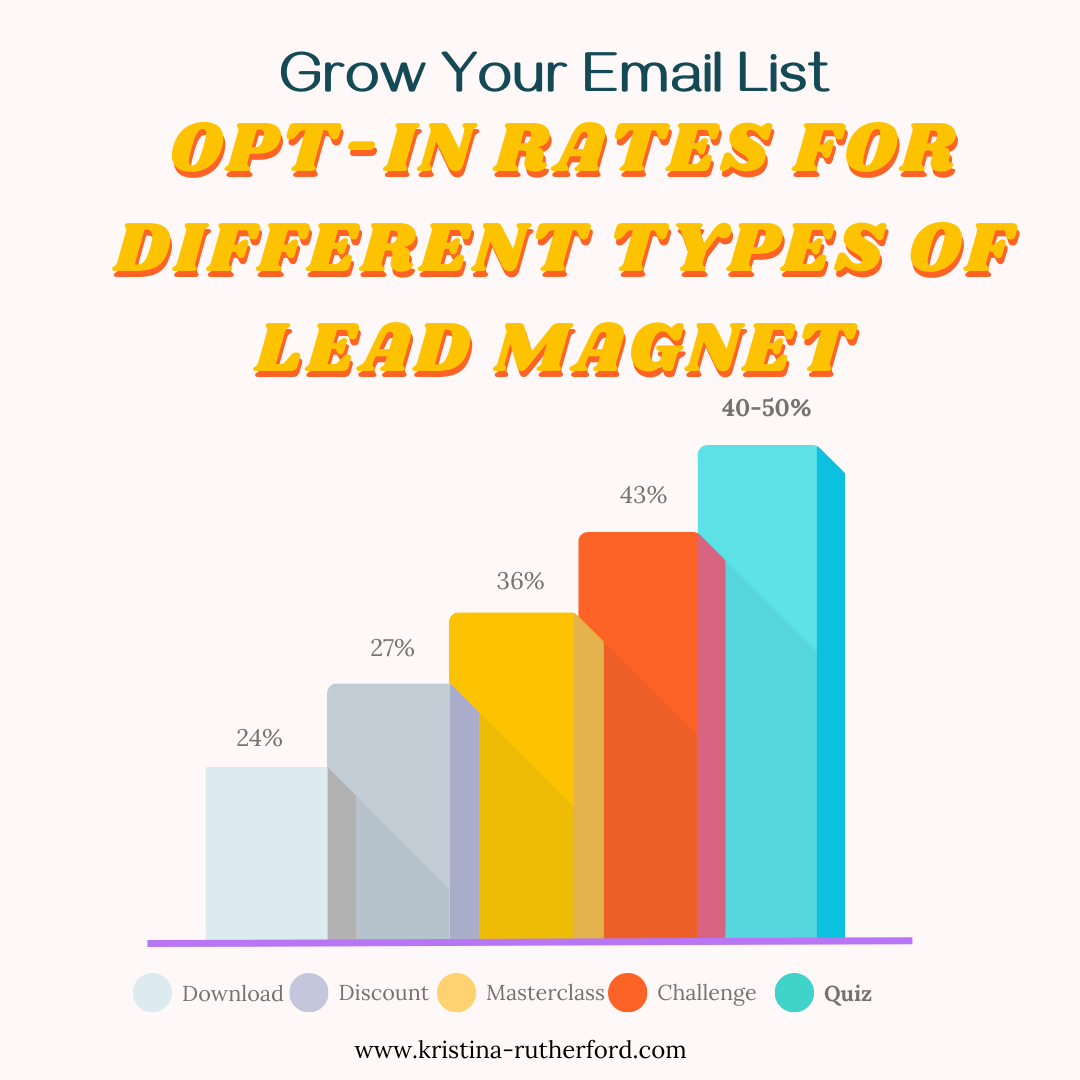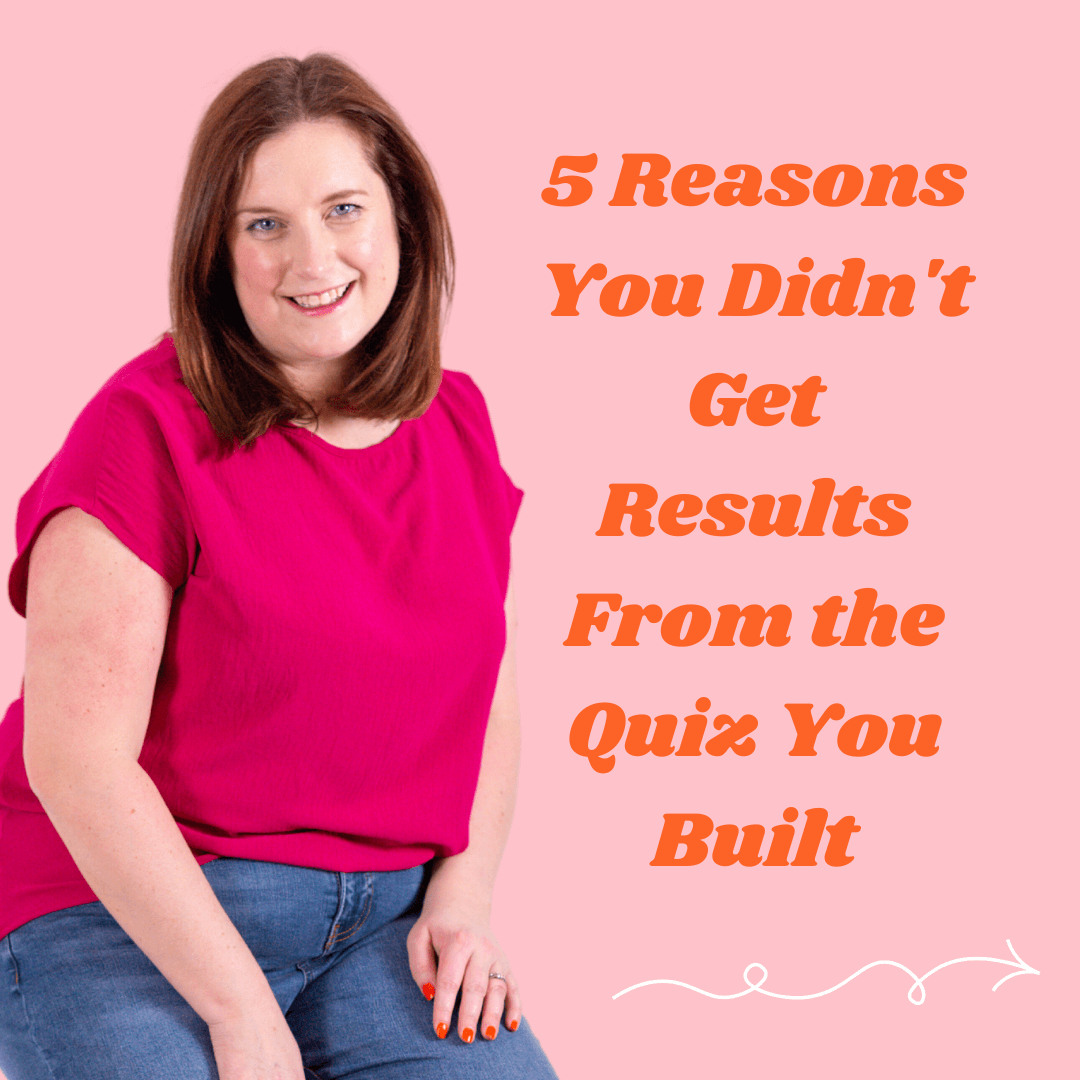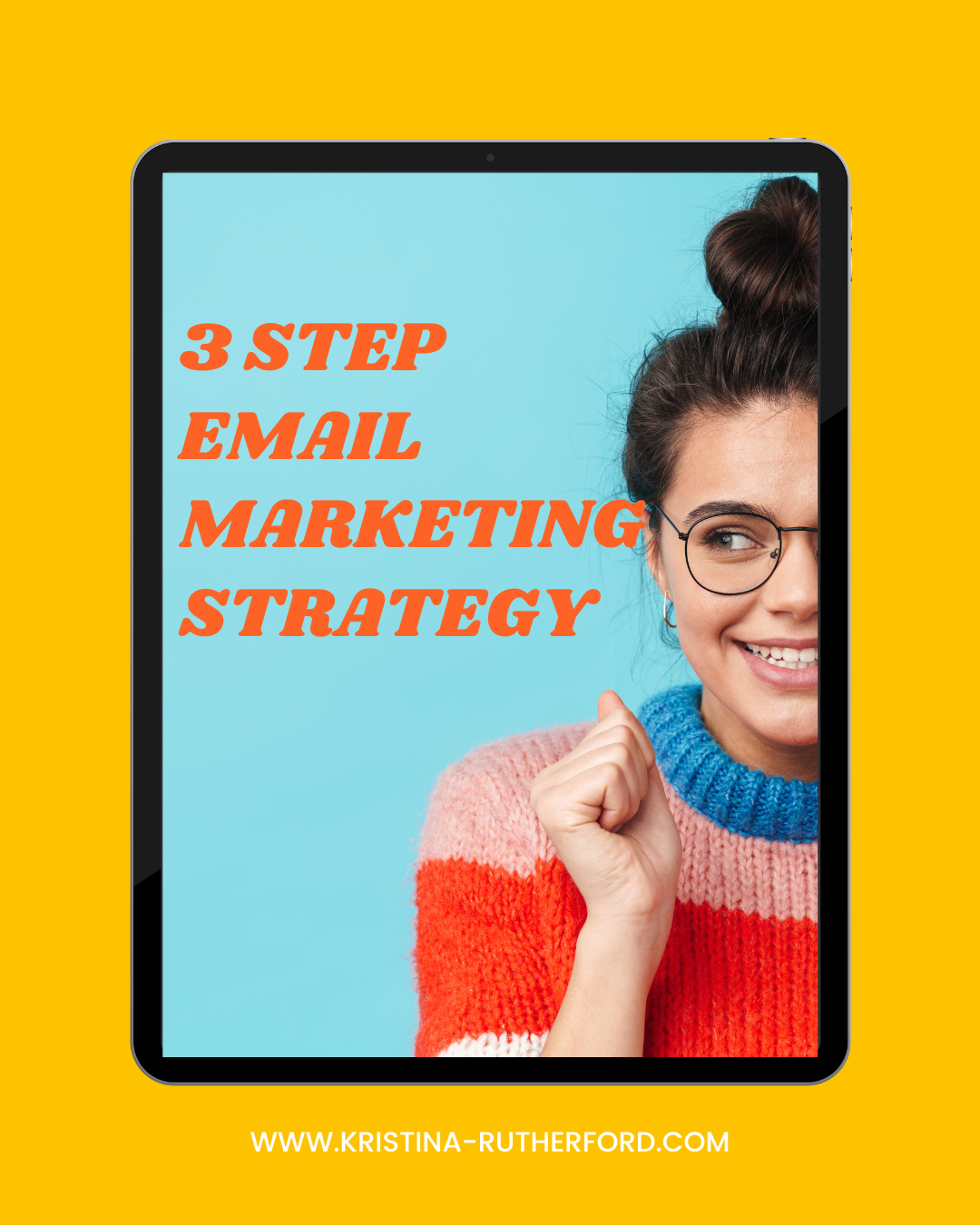Not Selling Your Offers? Here’s why…
Is your service not selling? Have you ever wondered why your perfectly crafted offer is not flying off the shelves?
Buyer psychology uncovers why your offers are not selling
Behind every purchase there are lots of factors at play, most of which are not logical, they are emotional and based on your ideal clients perceptions of the offer you are making them. If you’re not selling your offer you need to first understand why, don’t go slashing the price or changing the offer just yet. It’s important to understand why people aren’t buying from you and it may not actually be the offer itself. So, let’s look into buyer psychology and the 5 main reasons why people don’t buy your offer and what you can do about it.
Barrier 1: The perceived value of your offer is too low
Buyers will weigh up the perceived value of your offer against the cost. The cost isn’t just the monetary value they have to pay to take up the offer, it’s also the time and effort they have to put in to get the benefits you describe. If the product or service is reasonably priced, but the effort they have to expend on achieving those outcomes are high the equation between benefits and the total cost to purchaser may stop them from buying from you.
Barrier 2: A mismatch between your marketing and clients needs and desires
Does your offer speak to your ideal clients needs? Does it relate to their context? Their needs? Their desires? Does it deal with the consequences of not taking up your offer? Does it deal with the obstacles that they may have to overcome to get the benefits from your offer? If your offer isn’t specific enough then it’s not going to resonate with your target audience. The quote if ‘its for everyone, it’s for no-one applies here.
Barrier 3: The buyer doesn’t understand the benefits
Are your benefits clear to the buyer, in the short term (immediate wins and the longer term). If your buyer doesn’t understand the benefits they are going to get they won’t buy. The old adage confused buyers don’t buy comes into play here.
Make sure the benefits are benefits for your target audience and not features of the product or service. For example if you’re a baby sleep consultant, parents aren’t buying your time, they are buying the result of sleep for them and thier baby. They are buying the piece of mind, the removal of parent guilt and they are potentially buying thier sanity back. Your marketing needs to show that. Don’t market the features, e.g the number of sessions is a feature not the benefit. Plus for this type of service, less sessions may be perceived as beneficial as long as the benefits can be achieved.
Barrier 4: Your not selling because your buyer doesn’t have trust
I hear lots of talk about know, like and trust content for social media and marketing and I find a lot of it, well superficial at best and confusing for those trying to act on it. So how about we clear that up?
In order for people to buy from you they need to know they can trust the brand or service provider (that’s you!) the product or service and the offer. This goes way deeper than showing up on instagram with your dog or kids in tow. This is about building trust between you and your target audience. Building a connection can help with the like factor. But it doesn’t deliver on the rest. So think about how you can prove you / the brand can get the results your promise in your marketing. How can you prove this particular product or service can do that.
But one that is often over looked is: can the offer be trusted? We’ve all heard the saying it’s too good to be true referring to an offer. If people are saying this about your offer, they feel that they can’t trust the offer. I.e the price+ effort is far to low for the perceived value. This is why a low pricing strategy can fall flat on it’s face. It makes it unbelievable and takes the trust out of the sale.
Barrier 5: It’s not the right time
People buy when they are ready. When they are ready will be when they have moved though all the stages of the customer journey to get to the action stage. They need to gather all the information they need to make a purchase. You can support them through this journey to speed up the time in which they are ready to buy, but there will be a right time for them. For some services it can take 8 months for people to buy. That’s because they buyer is gathering information and building trust. So all the factors above could all be in place, but it may just not be the right time. And that’s ok. If it’s not the right time, make sure you still show up, stay in their mind with your marketing and be ready to make a sale when they are.
How to overcome why people aren’t buying
- Clearly communicate the immediate term and long term benefits to your ideal client
- Make your copy / marketing specific for your target audience
- Make sure the benefits stack up higher than financial investment and effort that needs to be invested
- If your clients are time poor – consider ways in which you can reduce the effort they need to invest to achieve those outcomes.
- Use social proof for you / the brand, the service and the offer
- Test the understanding of your offer. You know it so well, but your target audeince doesn’t so test it’s easy to understand and clearly communicates the benefits
- Create a marketing strategy that covers the whole customer journey.
Buyer psychology plays a pivotal role in shaping buying decisions. Understanding and addressing why your offer is not selling. Understanding the obstacles, needs and desires consumers face is pivotal for service providers seeking to attract and retain clients. Clear value proposition, focused service offerings, and persuasive social evidence are just a few strategies that can transform prospects into loyal customers.
If you’d like to know how your marketing can do this? Then take my marketing masterclass and I’ll show you how. Just by knowing this info will help you improve your marketing.




+ show Comments
- Hide Comments
add a comment